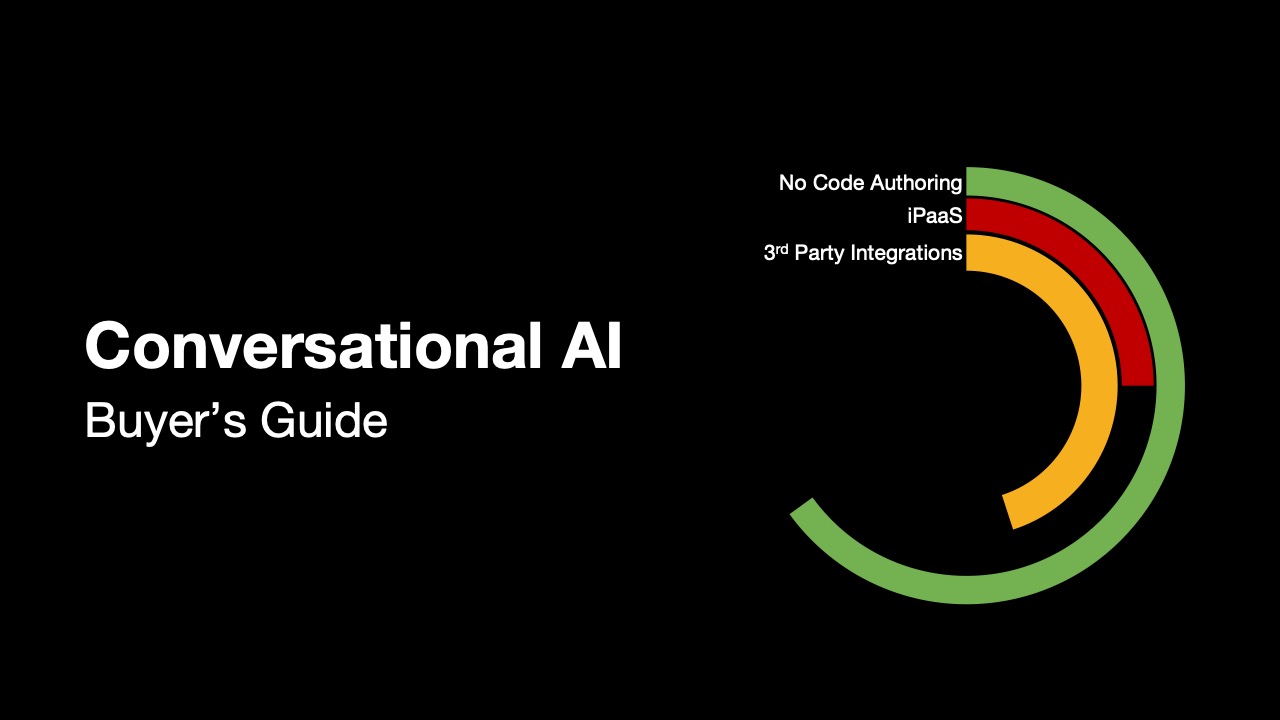Digital transformation is the process of taking legacy systems and modernizing them to take advantage of current technologies and methods. Companies need to think differently when it comes to creating digital products and services, as well as how they will train users on those products. To ensure successful adoption, companies must focus not only on the functional benefits of their products but also on how they can be deployed easily and intuitively in a conversational manner.
To do this, companies must create a process that makes it easy for users to understand and interact with their products. This means creating an orchestrated process that users are used to or “more of the same” where the product guides them one step at a time in a conversation. Additionally, companies need to ensure that their products provide feedback when something goes wrong or when the user needs assistance. This helps to ensure that users don’t become frustrated and that they can successfully adopt the product with minimal training.
The benefit of taking this approach is that it allows companies to deploy products quicker, with less training required. This means that users are able to get up and running faster, leading to increased adoption and greater value. Furthermore, this approach reduces the need for manual integration allowing companies to quickly add new features and create a better user experience at lower costs.
Ultimately, with the right approach to digital transformation, companies can create better products, faster and with less effort. This leads to improved customer satisfaction, increased adoption rates, and greater returns on investment. By taking the time to think about the process differently, companies can ensure that their digital investments are successful and make the most of their efforts.
Links and Resources
 The Future of RPA
Prev post
The Future of RPA
Prev post 





